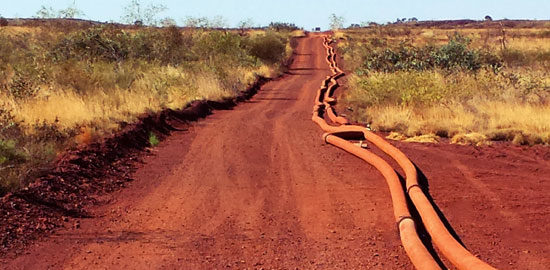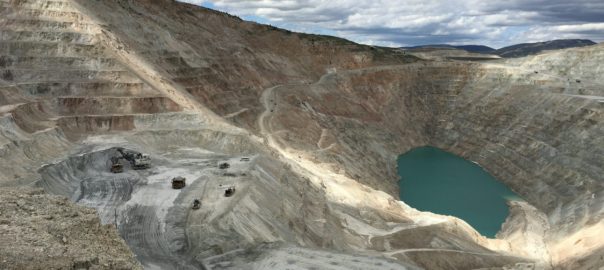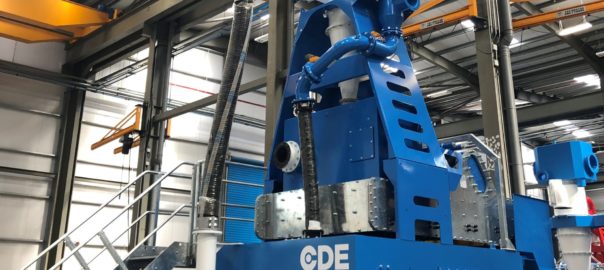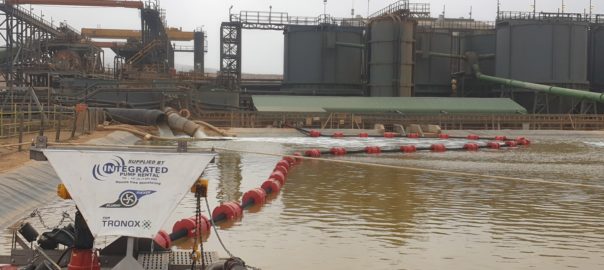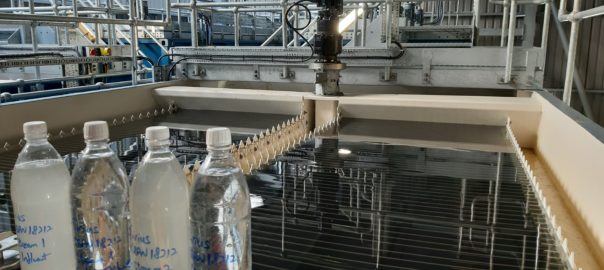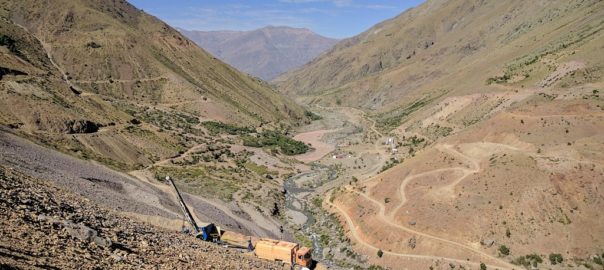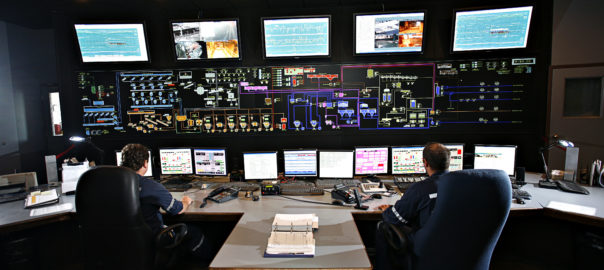Babylon Pump and Power says it has executed a business asset acquisition agreement to acquire the operational assets of Resource Water Group (RWG) for A$3 million ($2.1 million) in a transaction that it hopes will result in more early-stage project engagement with mining companies.
Established in 2011 and based in Canning Vale, Western Australia, RWG provides bore field test pumping equipment and related data collection services as well as a range of water management disciplines to the mining industry. These services are critical to water users across the resources sector as they develop water management strategies in line with their environmental obligations and operational requirements, it says.
Back in June prior to the announced acquisition, Babylon said it was planning on expanding its mine water management activities.
Under the business acquisition agreement, Babylon will acquire the operational assets (independently valued at over A$2 million), goodwill, contracts and intellectual property of RWG. RWG’s founder, Frank Ashe, has entered a services contract and will become a member of the group’s senior executive. Three other RWG employees will also commence employment with Babylon.
Babylon Managing Director, Michael Shelby, said: “This is an exciting and well-priced acquisition for Babylon which will significantly expand our water management activities. The acquisition broadens our offering to new and existing clients, brings in additional technology and business development capability whilst complementing our existing business.
“RWG’s test pumping services are considered an early-stage project engagement service and have consequently led to relationships with a range of well recognised global and Australian mining companies including BHP, Rio Tinto, FMG, Roy Hill and Newcrest Mining. We expect that these relationships will also facilitate rental opportunities for our specialist pump rental assets, supporting the Company’s renewed strategic focus on multi-disciplined water management equipment and services.”
Babylon will move into new, purpose-built premises around November of this year and RWG will co-locate its assets and operations into the new facility.
RWG’s Ashe said: “This is an exciting time to be joining forces with Babylon as it builds into a diversified water services business. I am looking forward to joining the team and contributing to strategic growth initiatives and capitalising on RWG’s network of relationships.”







